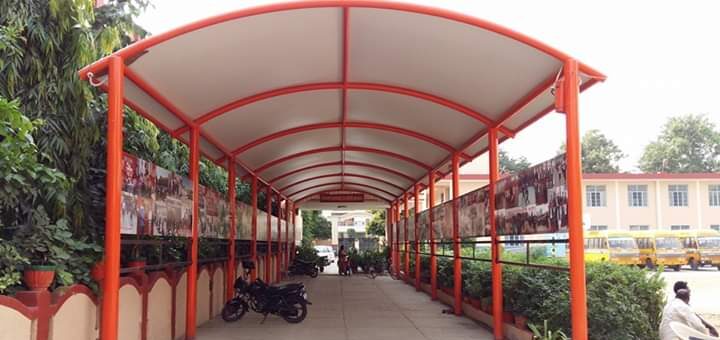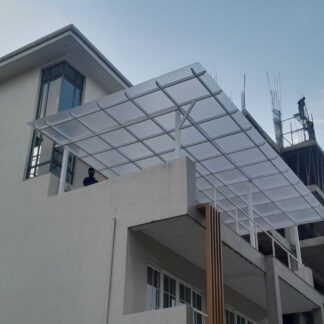Tensile Architecture New Designs in India
November 13, 2025 By admin

Tensile Architecture New Designs in India
India has a rich tradition of Tensile Architecture and new designs in India in events, ceremonies, and festivals. In recent years, there has been an increase in the use of tensile architecture in modern and contemporary building design in India as well.
One example is the Lotus Temple in Delhi, which is a Bahai House of Worship that was completed in 1986. The temple is shaped like a lotus flower, with petals made of white marble and a central hall that is covered by a large tensile structure. This not only gives the temple a unique and distinctive appearance but also provides shade and protection from the sun for visitors.
Another example is the Indian steel maker TATA Steel’s Head office in Jamshedpur, which has a huge tent-like structure above the main building, it’s an architectural wonder in the city and makes use of the latest materials and techniques in tensile architecture
These examples show how tensile architecture is being used in India to create unique and visually striking buildings that are functional and energy-efficient. As the trend of tensile architecture is on the rise and more designers and architects are experimenting with this form of design and technology to create some of the most aesthetically pleasing and efficient structures in India.
Tensile architecture has several advantages over traditional building methods:
- Flexibility: Tensile structures are highly flexible, which allows them to be easily erected and taken down. This makes them well-suited for temporary or seasonal uses such as festivals, fairs, and sporting events.
- Versatility: Tensile architecture can be used for a wide variety of purposes, such as creating open spaces for events, providing shade and protection from the elements, and serving as architectural accents.
- Lightweight: Tensile structures are typically lightweight and do not require heavy foundations. This makes them suitable for use on sites where traditional building methods would not be feasible.
- Energy Efficiency: With the use of modern techniques and materials, Tensile architecture has become more energy efficient than ever. Tensile membranes can be designed to reduce solar gain, reducing the cooling load on the building.
- Cost-effectiveness: Tensile structures can be less expensive to construct than traditional buildings, especially when you consider the cost of materials and labor.
- Aesthetics: Tensile structures allow for unique and organic shapes that are difficult to achieve with traditional building materials, which can make them an attractive option for architects and designers looking to create visually striking buildings.
In summary, Tensile architecture is a versatile and cost-effective building method that offers many benefits over traditional building methods.







